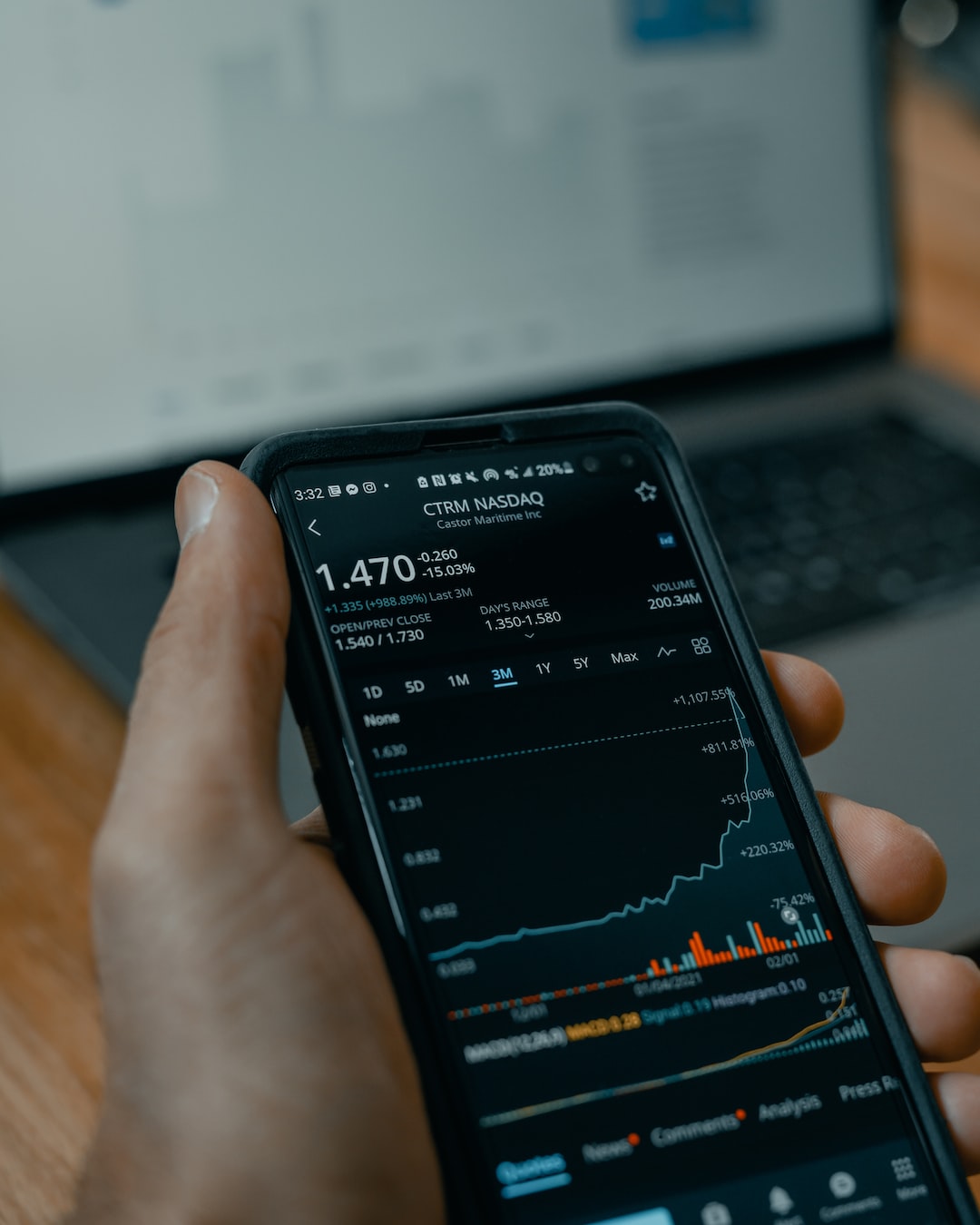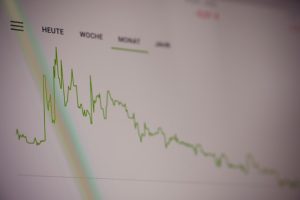Forex trading, also known as foreign exchange trading, is the buying and selling of currencies with the aim of making a profit. It is one of the largest financial markets in the world, with an estimated daily trading volume of over $5 trillion. Forex trading differs from other markets in several ways, including its decentralized nature, high liquidity, and 24-hour trading.
Decentralized Nature
Unlike other financial markets, such as the stock exchange, forex trading is decentralized. There is no centralized exchange where all transactions take place. Instead, forex trading is conducted through a network of banks, brokers, and other financial institutions around the world. This means that the forex market is open 24 hours a day, five days a week, and traders can access it from anywhere in the world.
High Liquidity
The forex market is highly liquid, which means that there are always buyers and sellers for any currency pair. This high liquidity makes it easy for traders to enter and exit trades quickly and at a fair price. In addition, the high liquidity of the forex market means that traders can trade large volumes of currency without affecting the price significantly.
24-Hour Trading
The forex market is open 24 hours a day, five days a week. This means that traders can access the market at any time, no matter where they are in the world. The 24-hour trading also means that traders can react quickly to news and events that may affect the market, such as economic data releases or geopolitical events.
How Does Forex Trading Work?
Forex trading involves buying one currency and selling another currency simultaneously. Each currency pair has a bid price and an ask price. The bid price is the price at which a trader can sell a currency, while the ask price is the price at which a trader can buy a currency. The difference between the bid price and the ask price is known as the spread.
Traders can speculate on the movement of currency pairs by taking a long position (buying) or a short position (selling). If a trader believes that the value of a currency will increase, they will take a long position. If they believe that the value of a currency will decrease, they will take a short position.
Forex traders use a variety of tools to analyze the market and make trading decisions. These tools include technical analysis, fundamental analysis, and sentiment analysis. Technical analysis involves using charts and technical indicators to identify patterns and trends in the market. Fundamental analysis involves analyzing economic and political factors that may affect the value of a currency. Sentiment analysis involves analyzing the mood and opinions of other traders and market participants.
Risk Management in Forex Trading
Forex trading carries a high level of risk, and traders should have a solid understanding of risk management techniques to minimize their losses. One of the most important risk management techniques is the use of stop-loss orders. A stop-loss order is an order to close a position at a predetermined price, which can help limit losses if the market moves against the trader.
Another important risk management technique is position sizing. This involves determining the size of each trade based on the trader’s risk tolerance and account size. Traders should also have a well-defined trading plan that includes entry and exit points, as well as risk management strategies.
Conclusion
Forex trading is a decentralized market where traders buy and sell currencies with the aim of making a profit. The forex market differs from other financial markets in its decentralized nature, high liquidity, and 24-hour trading. Traders use a variety of tools to analyze the market and make trading decisions, and risk management techniques are crucial to minimizing losses. As with any form of trading, forex trading carries a high level of risk and traders should only trade with money they can afford to lose.






